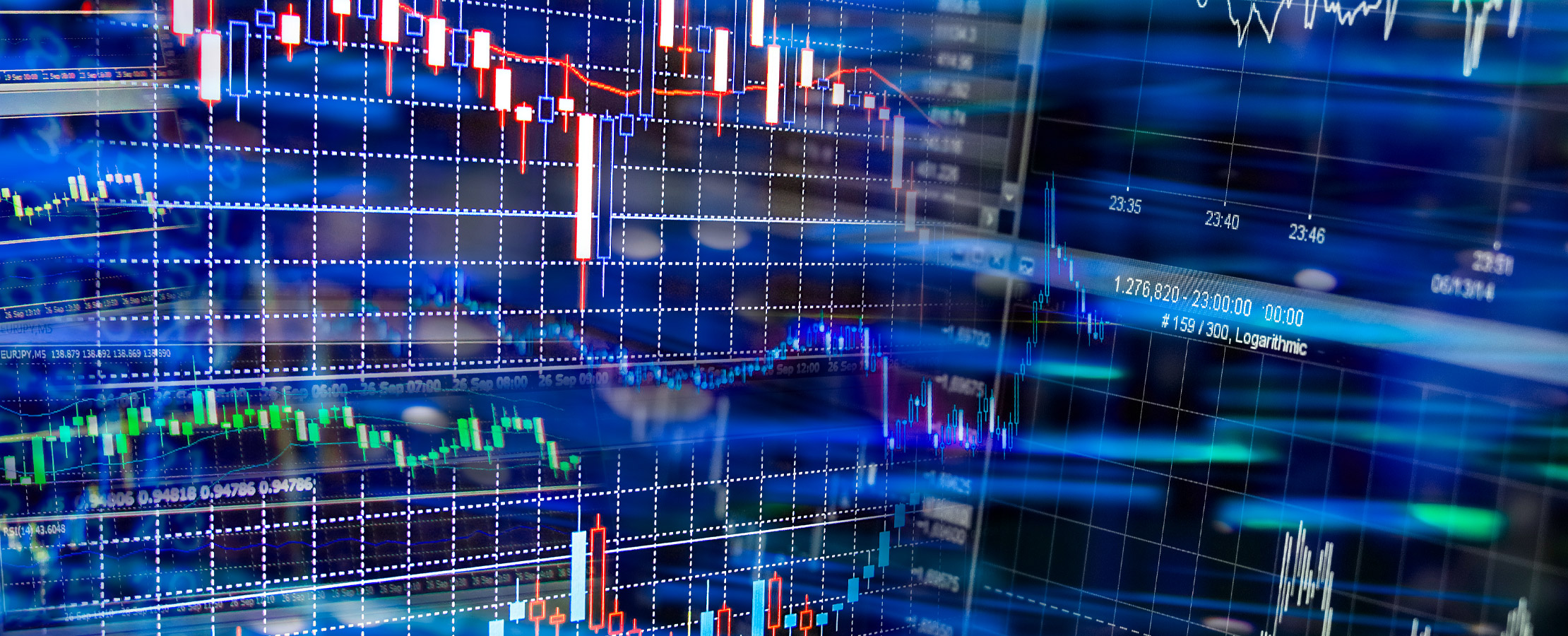Risk of Greater Energy Market Volatility in Wake of COVID Pandemic
Energy market volatility will likely increase before markets rebalance in the post-pandemic period, presenting new opportunities for international collaboration on energy, sustainable development and climate, H.E. Joseph McMonigle, Secretary General of the International Energy Forum (IEF), told an international conference.
Last year was a transformative year, when the demand shock caused by the pandemic coincided with accelerated international momentum to address rising carbon dioxide levels in the atmosphere, he told the 4th International Conference on Risk Management in the Energy Sector – 2021.
"This increased level of ambition to cut greenhouse gas emissions and build back better to the benefit of all should also widen the space for solutions that scale up investment in carbon neutral growth," said Mr McMonigle. "This must translate into increased investment, trade and technology transfer for clean technology deployment of renewables, hydrogen and carbon sequestration."
Held on 18 May 2021, the virtual conference was presented by the Ministry of Energy of the Russian Federation, the Organization of the Black Sea Economic Cooperation (BSEC), the Institute for Energy and Finance Foundation (FIEF) in Russia and the Institute of Risk Management (IRM) in the United Kingdom.
Ambassador Michael B. Christides, Secretary General of BSEC, said: "The pandemic has shown how vulnerable the energy market remains to similar global events and how little the interested stakeholders can do. At the same time, as with every crisis, new opportunities and prospects have emerged."
The conference examined how the energy sector can drive economic recovery in the wake of the COVID-19 pandemic, and the prospects for developing hydrocarbon and renewable energy sources to tackle increased instability in energy prices.
There was significant focus on the importance of natural gas in the energy mix and its transitional role in the shift to net-zero carbon emissions. In fact, the share of natural gas is expected to increase everywhere around the globe except in Europe, where officials expect to see a decline.
Dmitry Sokolov, Director of the Energy Economics & Forecasting Department of the Gas Exporting Countries Forum (GECF), said: "We believe in the coming decades demand is going to increase by almost 25 percent. We definitely see that natural gas will be the only hydrocarbon resource to increase its share in the energy balance. By 2050, it will be the number one energy resource," he told the conference.
As different blocs begin to assign taxonomies to different fuel sources according to the role they will play in the energy transition, Mr Sokolov said: "Natural gas is a destination fuel and not a bridge fuel."
Eurogas, the association that represents the European gas industry, presented a scenario that would use carbon, capture and storage (CCS) and a mix of energy resources, such as renewables and decarbonized gases, to achieve carbon neutrality. Compared to the 1.5TECH scenario offered by the European Commission, Eurogas said greater use of natural gas would save the European Union some $4.1 trillion by 2050 by repurposing existing gas infrastructure instead of building new infrastructure.
"Gaseous fuels can deliver carbon neutrality and they can do it much more cheaply," said Dr. James Watson, Secretary General of Eurogas. "By 2030, we see strong development of hydrogen and good development of biomethane. Rather than a reduction in gaseous fuels, there is an increase in gaseous fuels."
To ensure investment in trade and technology options continue – and to maintain a stable, open and competitive market – Mr McMonigle said there was an urgent need to enhance transparency of Environmental, Social and Governance (ESG) standards, benchmark industry performance through data comparability and balance environmental (pollution and health) and social governance (access and affordability) criteria.
"New climate ambitions must align along supply chains that span different market settings and across regions that will enable the energy sector to innovate and lead in the deployment of clean energy technologies at the scale required," said Mr McMonigle.
Carlos Torres Diaz, Vice President and Head of Gas and Power Markets Research for Rystad Energy, said that Europe's focus on eliminating resources such as coal and nuclear requires a dynamic combination of wind, solar, hydrogen, methane and battery to meet 2050 goals.
"By removing all this coal power generation and removing some nuclear generation, we are removing a lot of capacity across Europe and that needs to be subsidized by something," he said.
But Michelle Manook, Chief Executive of the World Coal Association (WCA), made the case that coal supports innovation and energy security today and will continue to do so in the future.
"Coal and its clean technologies will continue to support global economies and energy security. The two are intrinsically linked," said Manook, adding that this is no time to "play favorites" in energy sources.
The pandemic has given world leaders and energy executives insights into the future of energy investment and markets, said Dr. Leena Srivastava, Deputy Director General for Science at the International Institute for Applied Systems Analysis, particularly the impact of demand fluctuations and novel efforts at modernization of energy technologies.
"This rapid lockdown and the transition we have seen during the COVID crisis have made visible to us the enormous potential for [energy] innovation in economies across the world," she said.






